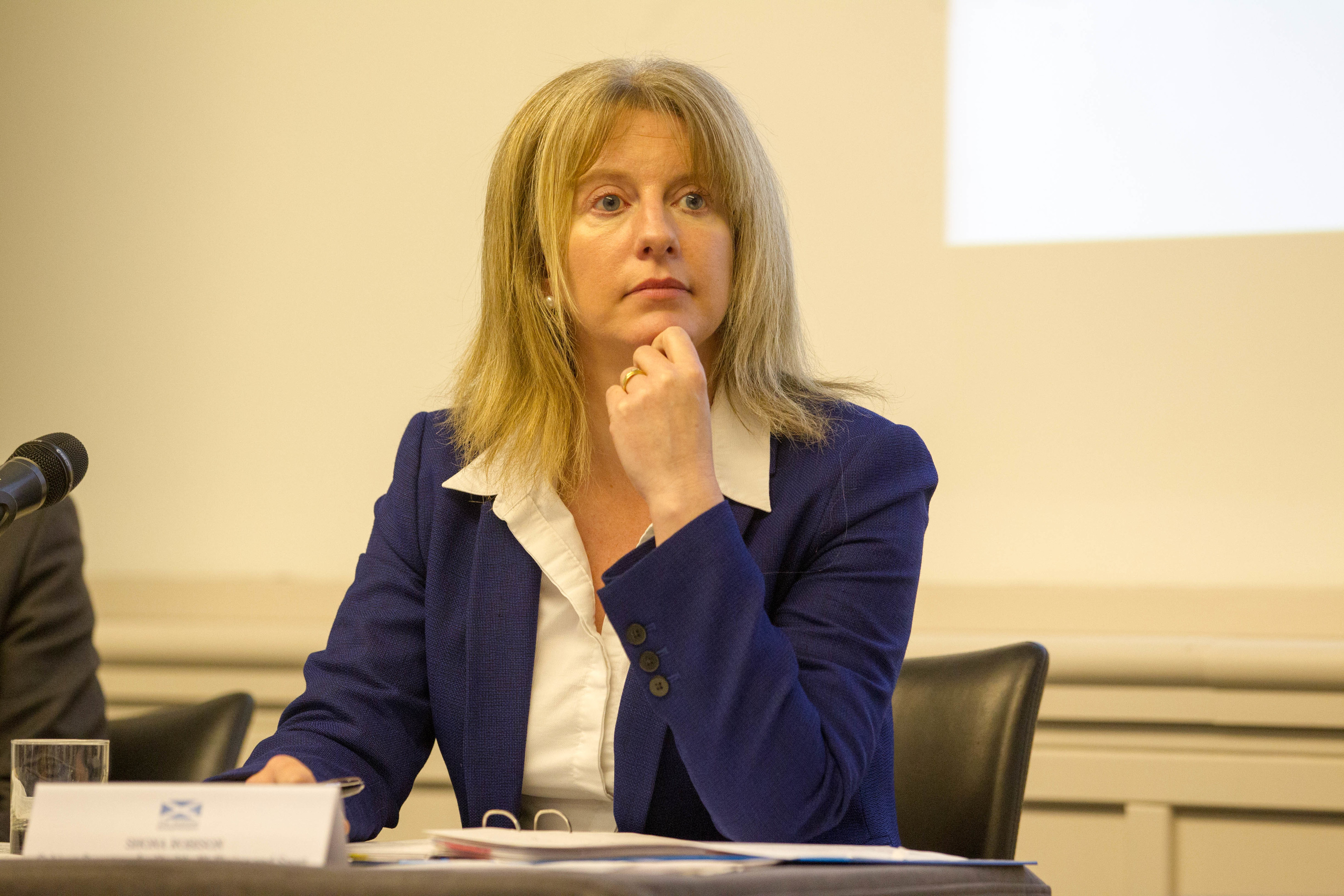A major government project aimed at securing NHS staff numbers within Scotland is to be delivered by universities in Tayside and Fife.
Scotland’s first graduate medical programme will be delivered by both Dundee University and St Andrews University, Shona Robison, the country’s Health Secretary will announce later today.
The four-year initiative will launch in 2018 in a bid to shore up doctor numbers across the country, particularly in remote areas.
A formal announcement is expected to be made later today when Ms Robison addresses a meeting of NHS Scotland.
However, ahead of this she said: “I am delighted to announce that the medical schools in St Andrews and Dundee will deliver Scotland’s first graduate entry programme for medicine, in collaboration with the University of the Highlands and Islands and partner health boards.
“Scotland’s first graduate entry programme in medicine was one of a number of initiatives announced by the First Minister earlier this year and it forms part of our commitment to create a more sustainable medical workforce and encourage more people into a career in healthcare, whatever their background.
“This course will enhance the range of medical education already available in Scotland through our five world-leading medical schools.”
Known as ScotGEM, the programme will accommodate around 50 students a year, pending approval from the General Medical Council.
However, the Scottish Government has said that an emphasis will be placed on Scottish recruits to increase the likelihood of trainees remaining in the country once their studies have been completed.
There is a hope that the initiative will help to plug a shortfall in trained medical staff in the country’s remote areas, including the Highlands and Dumfries and Galloway.
Professor Gary Mires, Dean of Medicine at Dundee University, said: “We fully support the Scottish Government’s vision for a health service that is better equipped to meet the challenges presented by our diverse population and distinct communities.
“We are confident that ScotGEM will deliver highly qualified, experienced and compassionate community leaders who are equipped and motivated to make a real difference to healthcare provision in Scotland.
“This is an excellent example of benefits arising from universities and the NHS working together, in Dundee’s case through our pioneering Academic Health Science Partnership with NHS Tayside.”
His counterpart at St Andrews University, Professor David Crossman, added: “Graduate entry medicine courses have proven highly effective for training doctors who bring their experience and education from their first degree and often experience work outside the University and health sector.
“The development of ScotGEM is very good news for the people of Scotland and Scottish medicine.”





